Twenty-eight million Americans must now do what they haven't had to do for more than three years: pay their federal student loans. Borrowers have endured a remarkable, chaotic run — beginning in August 2022 with President Biden's ill-fated plan to forgive at least $10,000 per borrower and culminating in October 2023 with the resumption of monthly bills.
During that time, we've heard from hundreds of borrowers who've shared their stories of struggle and confusion, patience and relief.
Now, all those divergent stories, millions of threads in a national patchwork, converge with this unprecedented return to repayment: Sofie must make her first payment ever, while Kurt tends a spreadsheet that says he's been in repayment for nearly 20 years. Carlos is hoping he can get into a new repayment plan so the loans he took out to help his children don't haunt him through retirement. Juan Carlos is fighting to emerge from the shadow of default. Phoema — suddenly, shockingly — has no loans to repay.
This is the return to repayment, in the voices of a handful of borrowers we met this year, reported by Cory Turner and illustrated by LA Johnson.
The first-time borrower

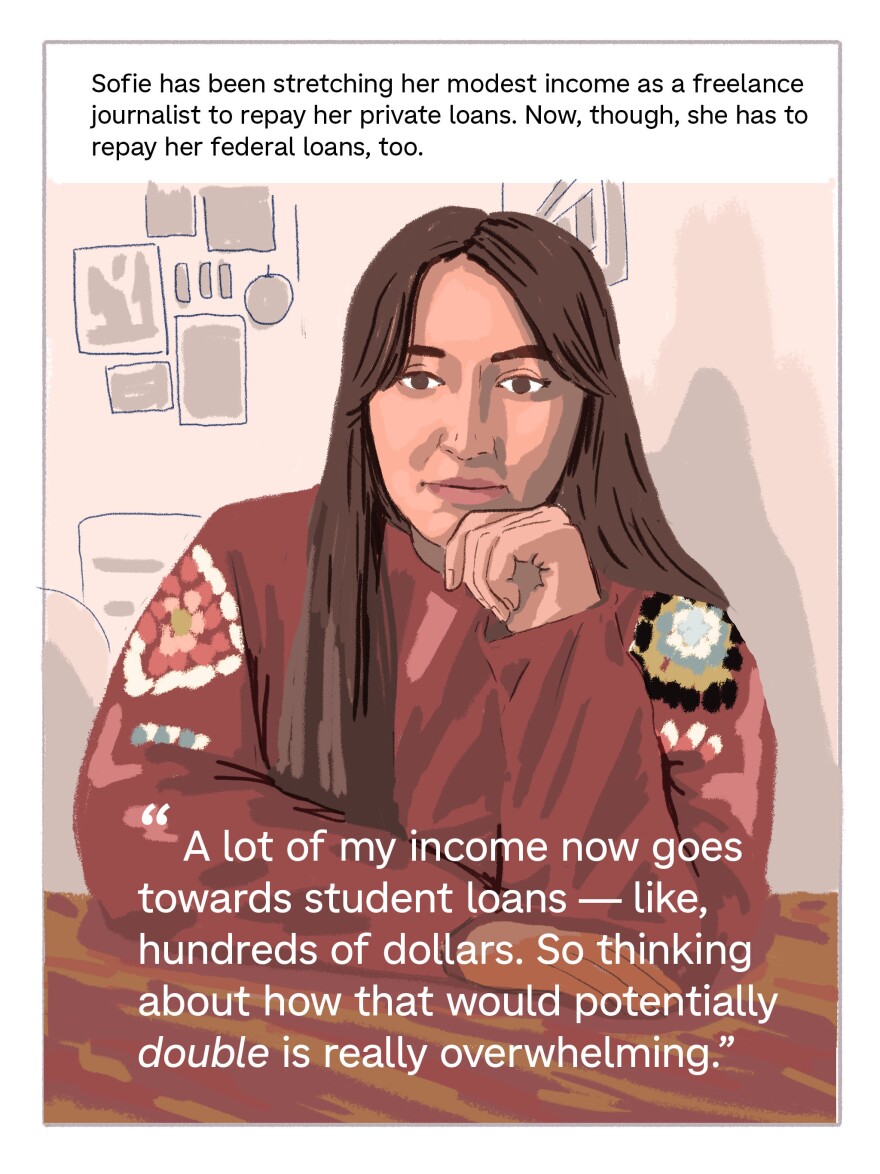
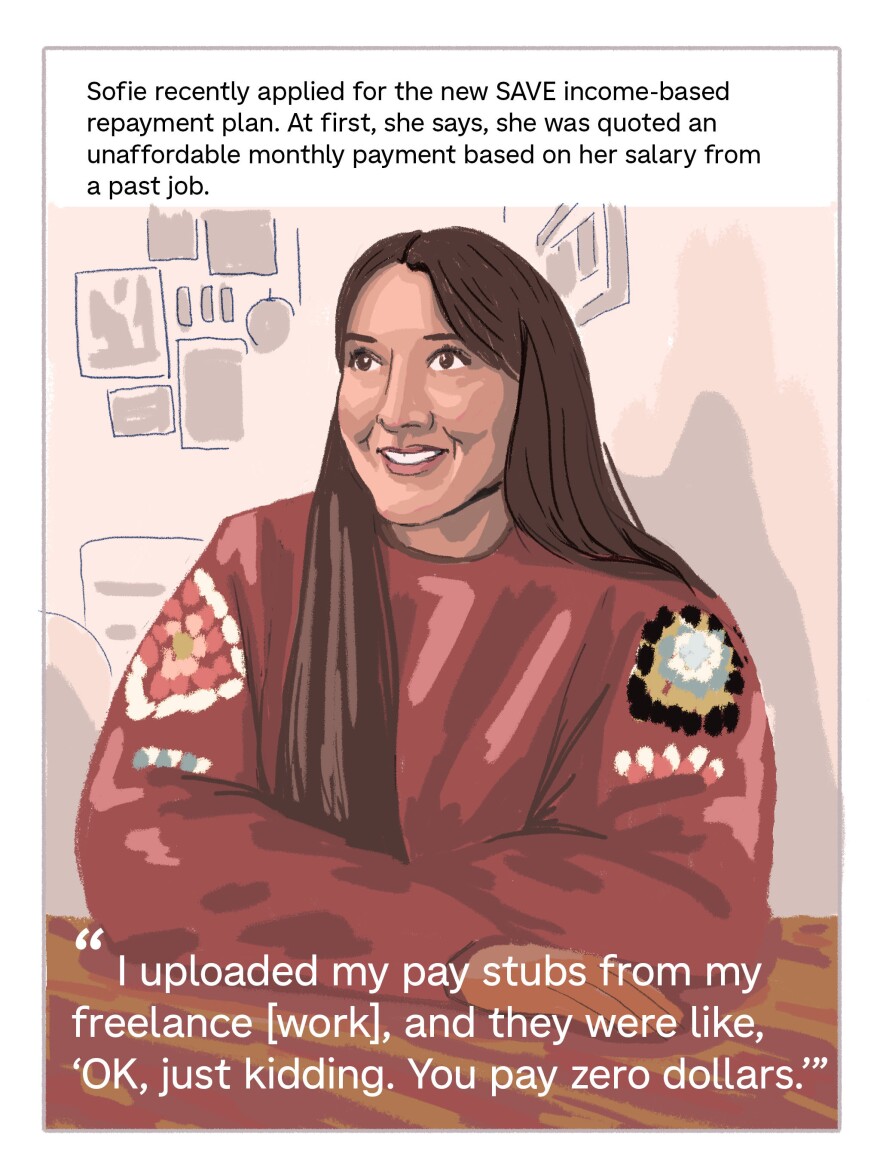
According to federal data, nearly 3 million borrowers now enrolled in the SAVE plan have incomes low enough that they have qualified for an official, $0 monthly payment.
—
The longtime borrower
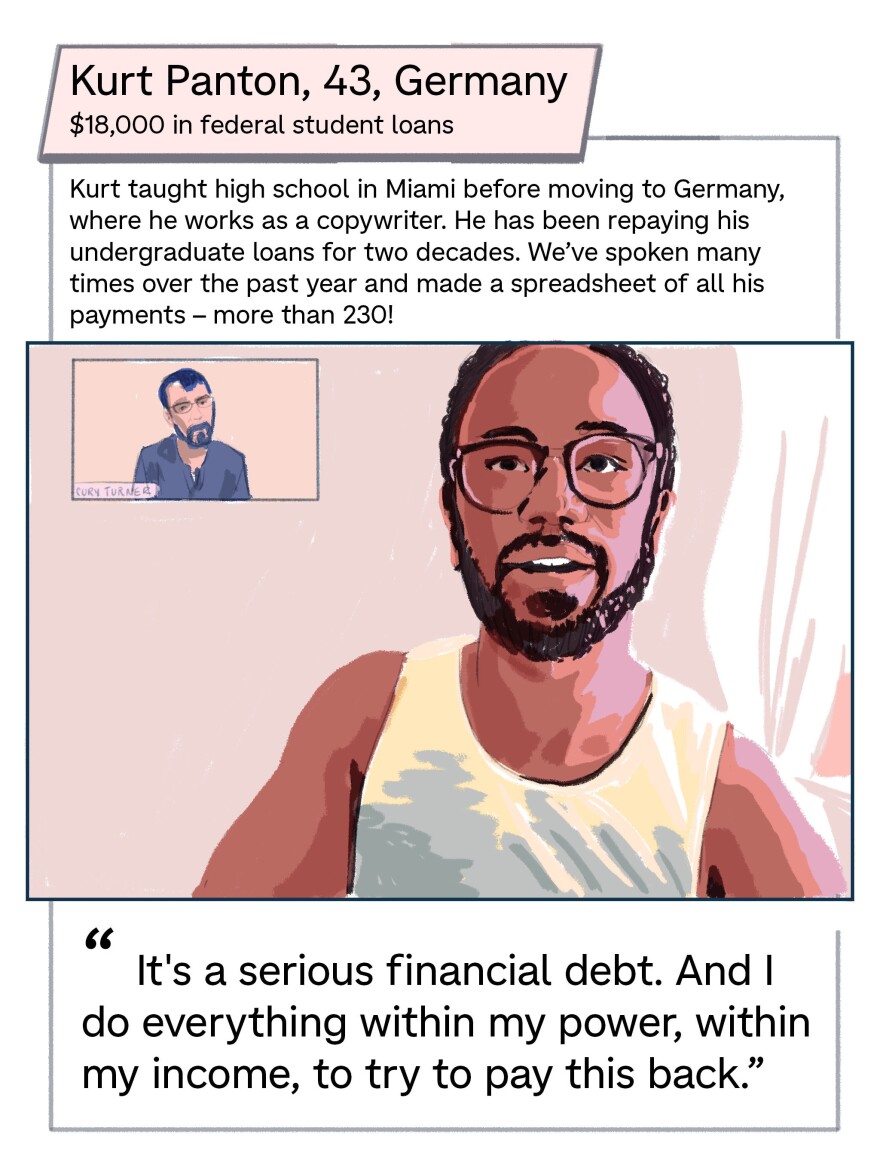


This overhaul, known as the income-driven repayment "one-time account adjustment," has so far erased nearly $44 billion in student loan debts for more than 900,000 borrowers.
–
Public Service Loan Forgiveness
As one of its earliest student loan efforts, the Biden administration overhauled the troubled Public Service Loan Forgiveness program, which promised loan forgiveness for borrowers who made loan payments for 10 years while working in a qualified public service.
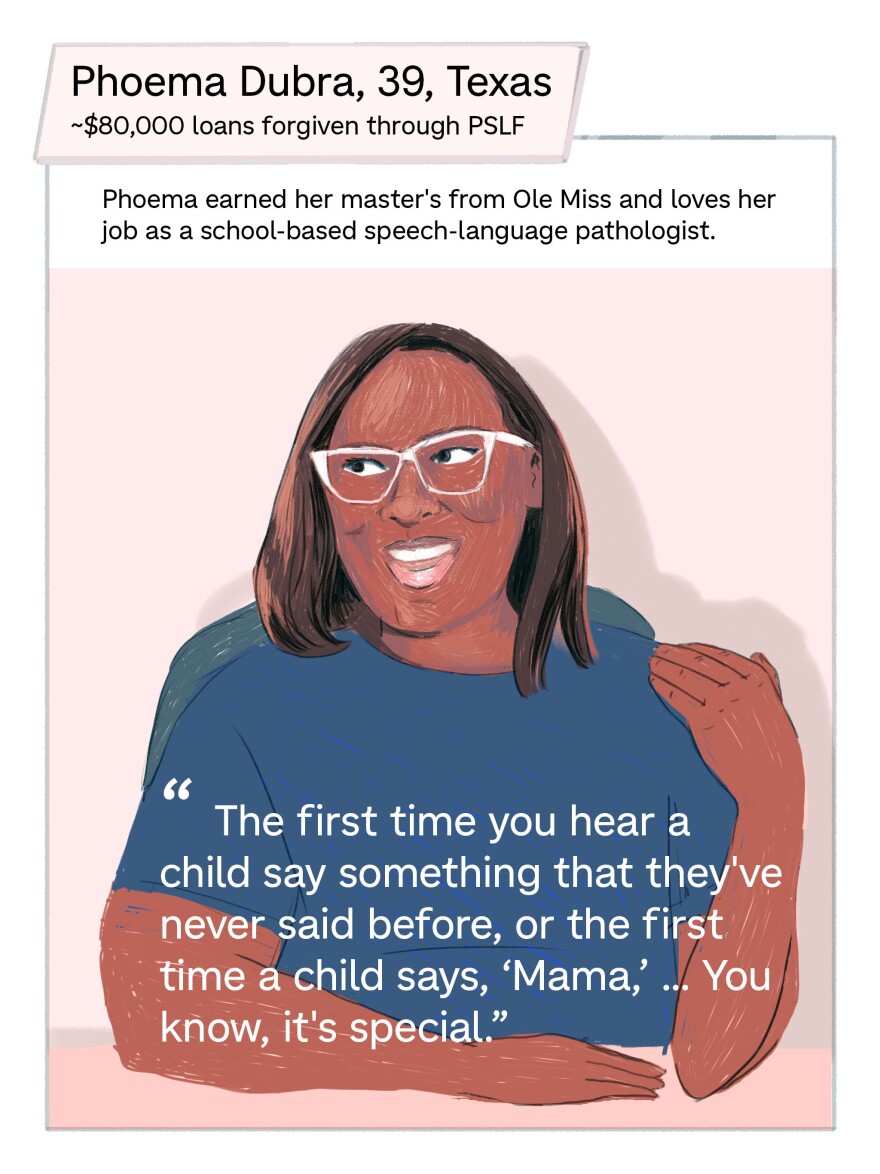

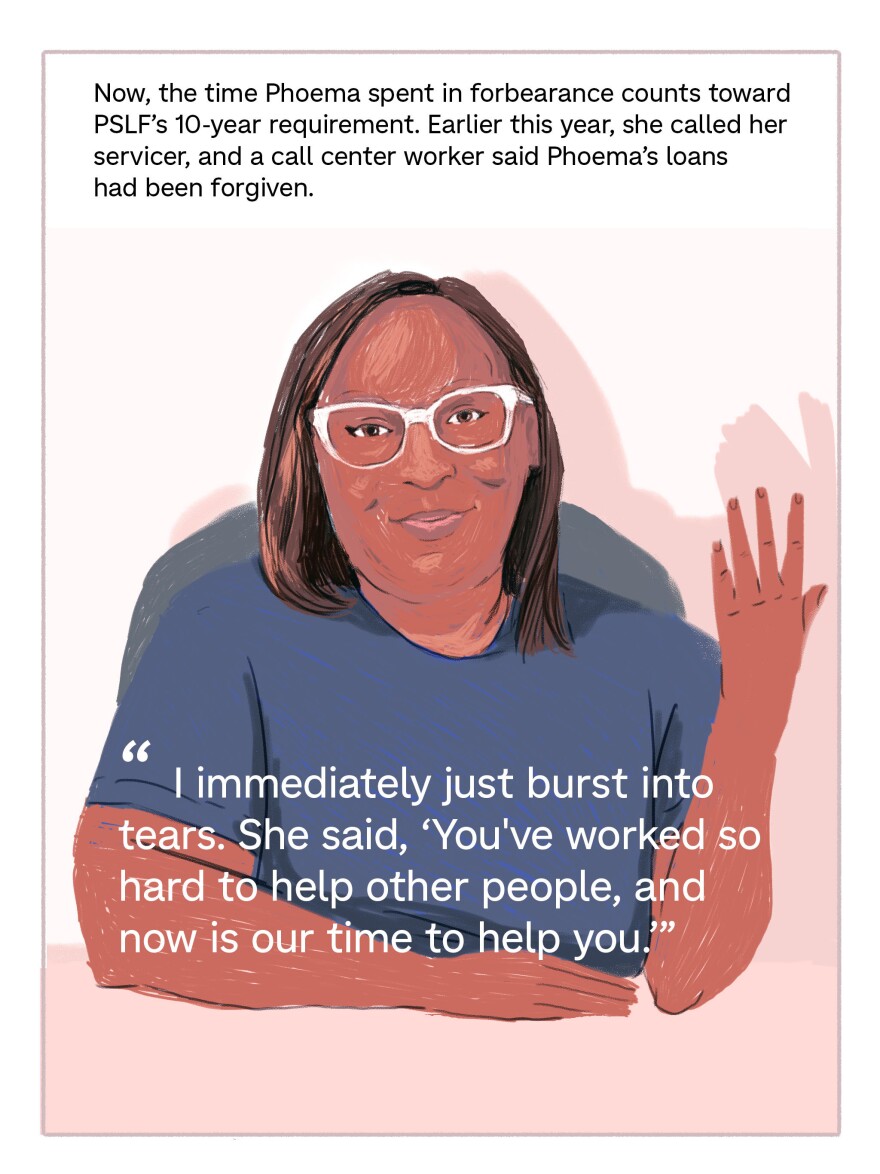
Phoema is one of nearly 750,000 public workers who have received $53.5 billion in debt relief through PSLF.
—
The pathway out of default
According to the Department of Education, nearly 7 million federal student loan borrowers are in default. To help them, it's rolling out a new program to make returning to repayment easier.


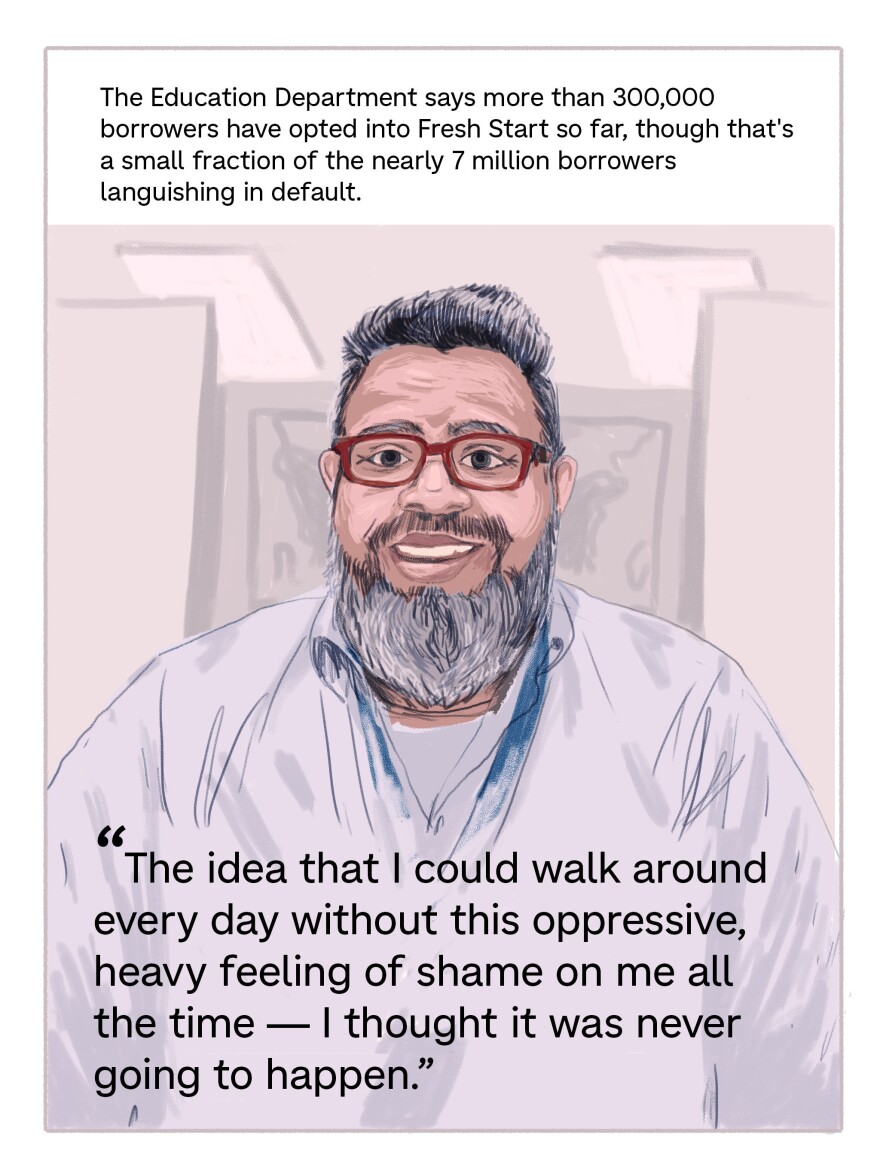
—
The Parent PLUS loan trap

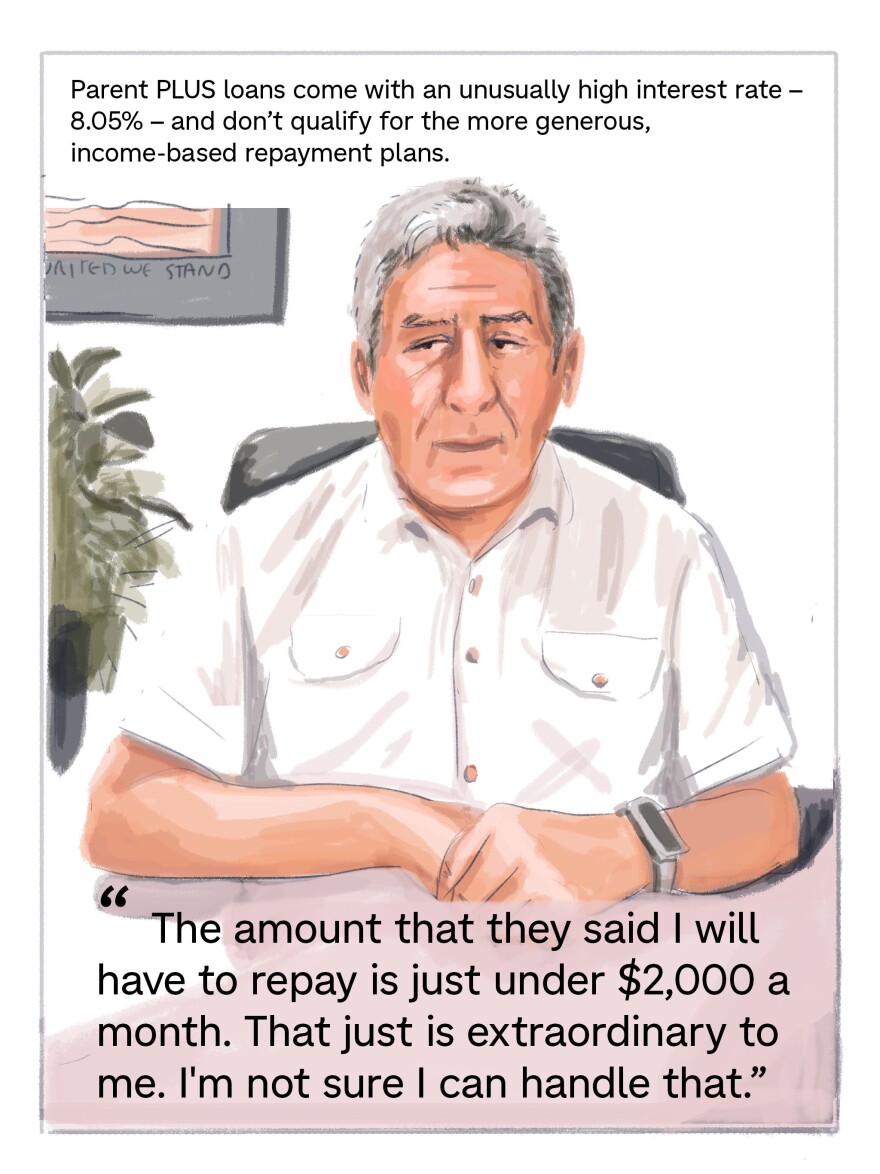

Navigating this double-consolidation loophole is tedious, at best, and requires complicated paperwork. Neither the U.S. Department of Education nor its loan servicers will discuss the loophole or how to squeeze through it. You can find help here.
Copyright 2023 NPR. To see more, visit https://www.npr.org.




